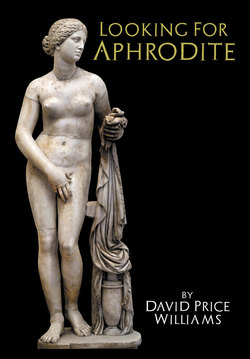Читать книгу Looking for Aphrodite - David Price Williams - Страница 13
ОглавлениеCHAPTER TWO
IN THE BEGINNING
Hippodamus, son of Euryphon, a native of Miletus, invented the art of planning and laid out the street plan of many cities.
Aristotle
If Yazid presided over the final days of Knidos, how and when had it all begun? How did such an illustrious city come to be built on this isolated, wild and wind-swept promontory? To discover the answer to that, we have to go back in time, beyond the turn of the millennia into the bright day and murky night of ancient history, back beyond Imperial Rome to the time when the Greeks were paramount in this part of the Mediterranean.
At the beginning of the 4th century BC, the original community of Knidos was a small, undefended agricultural settlement some distance to the east. It lay on the edge of the only agriculturally suitable plain in the middle of a finger of land in south western Asia Minor. It had probably been established there for hundreds of years, since the Bronze Age in fact, peopled by a mixed population of Carians, the indigenous peoples of the region, and Dorians, Greeks from across the Aegean with whom Knidians had by now long since intermarried. But, around about the mid 300’s BC, the good burghers of Knidos resolved to reposition their city. Taking a conscious decision to decamp, the boulé (council) of Knidos chose to move their new metropolis 35 kilometres west, to the tip of the long, rugged peninsula sticking out into the Aegean Sea around which all ships in the East Mediterranean must navigate. Here they were going to connect an adjacent offshore island to the mainland, thus creating two harbours, one either side of the newly built isthmus. The reason why they were doing this was because a new era was dawning, an era of maritime trade, and they wanted to be in the mainstream of this change, to be part of the new world of Hellenism and part of the new
5
